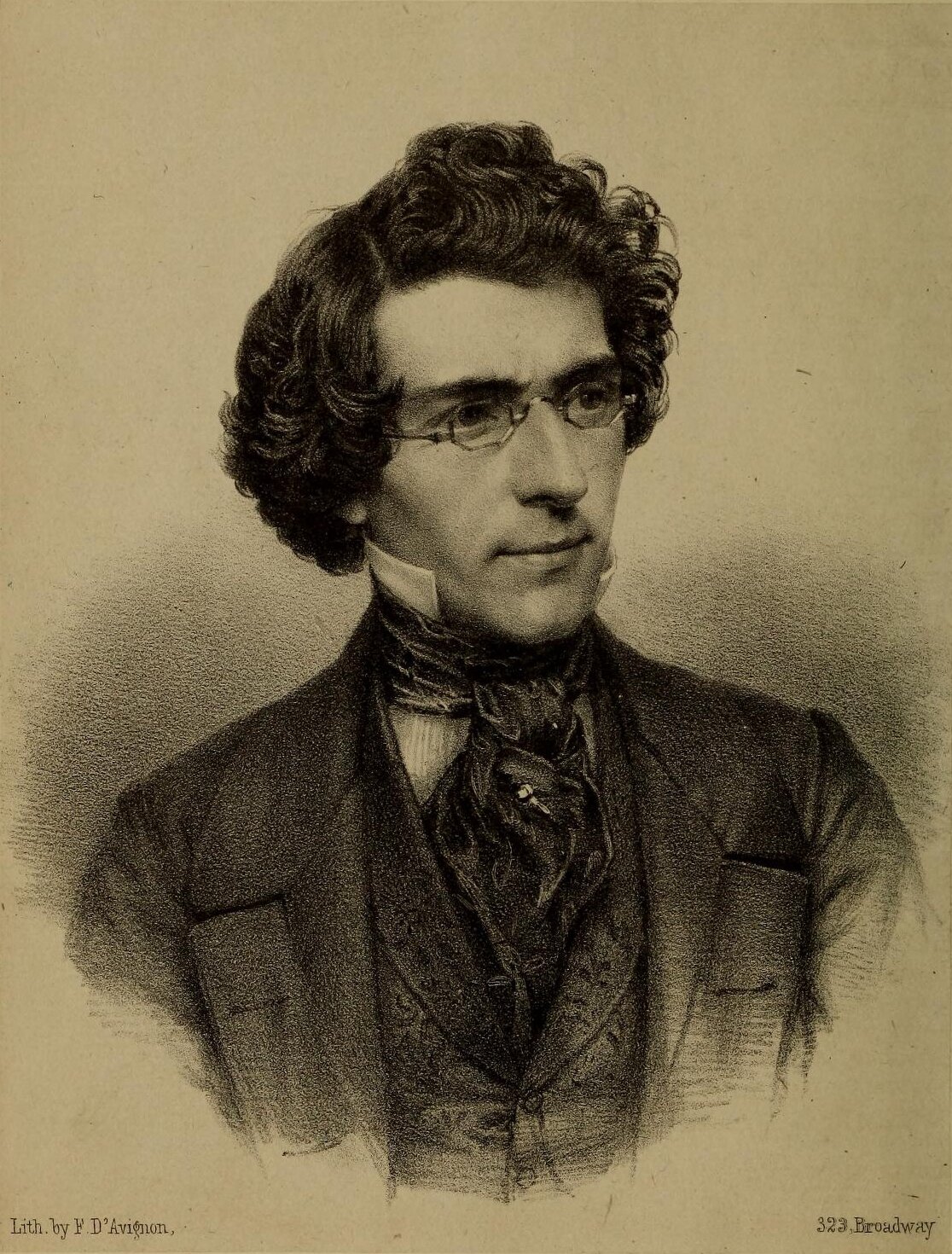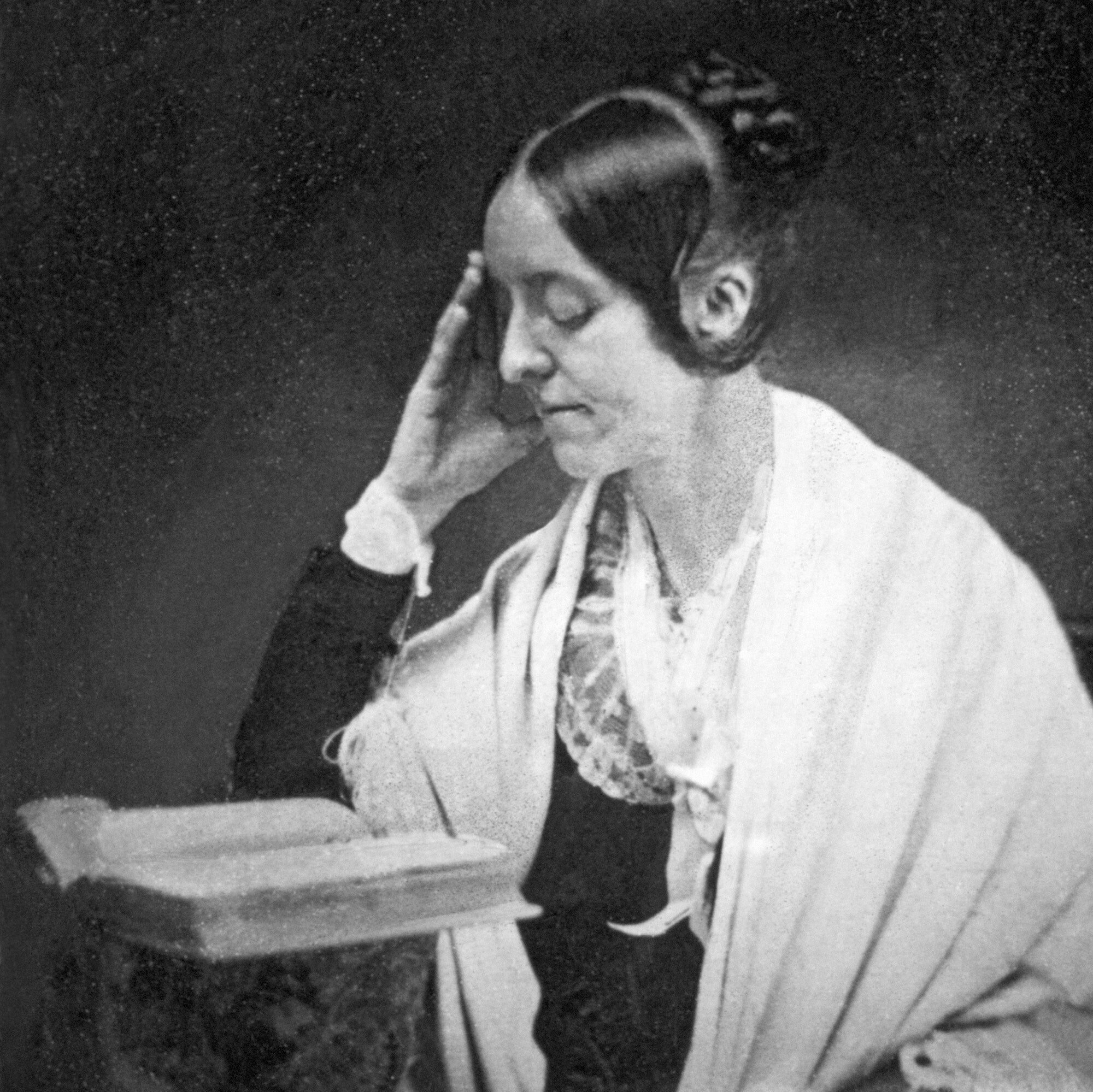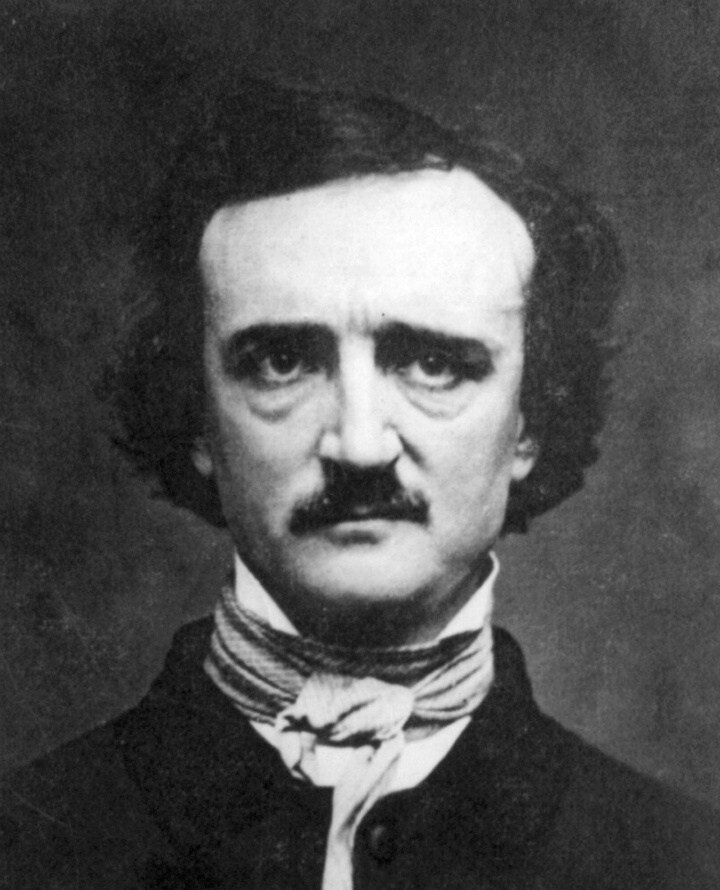Semi-Intersecting Lives in mid-1840s New York City: Margaret Fuller, Mathew Brady, and Edgar Allen Poe
/I have three biographies auto-renewed from the library repeatedly during the pandemic that have run their course: Poe by James M. Hutchisson, Margaret Fuller by Megan Marshall, and Mathew Brady by Robert Wilson. I borrowed them to read about any connections they had with Nathaniel Parker Willis in mid-19th century New York.
At the time, Willis was the most famous among them. Ha! Their longevity, as well as that of the Willises’ family nursemaid Harriet Jacobs, eclipse the former literary superstar today.
As I skimmed the three books to take final notes before dropping them at the library, I was struck by something I hadn’t noticed when I read each one separately. All three came to New York in 1844 from other places. Although never part of the same circle, their paths crossed in the charged environment of the publishing circles in Lower Manhattan.
Arrivals in 1844
Edgar Allen Poe moved to New York on April 7, 1844, age 35, for another attempt to balance survival and creativity after Richmond, Baltimore, and Philadelphia. His biographer described why he chose New York: “the city was alive with the arts and writing, and excitement was in the air. There was a sense that the young turks were storming the old citadels of literature, wresting away the mantels of fame from an aging regime (pg. 150).”
Mathew Brady, although best known for his Civil War photography, began as a daguerreotypist taking portraits of the rich and famous. He moved to New York City from rural upstate New York, working as a clerk and jewel case manufacturer, before opening up a studio in 1844, at 205 Broadway. As Wilson wrote, “Broadway was the place to see and be seen, attracting not only those who lived and worked nearby but also a growing number of tourists” (pg. 13). He was near the offices of the newspapers and magazines where Poe and Margaret Fuller worked.
Finally, Margaret Fuller had established herself in Boston as a Transcendental writer and thinker when she decided she needed something new. She moved to New York in the fall of 1844 to accept the position as literary editor of Horace Greeley’s New-York Tribune, one of the first regularly employed female journalists. (She would also write about the conditions of the poor and mentally ill, especially women.) Considering Fuller’s move, Marshall wrote, “What did it mean to be a New Yorker anyway? Between 1840 and the 1850s, the city’s population, already three times that of Boston, wold nearly double, jumping from 300,000 to 500,000, with most of the growth in newcomers (pg. 240).
Where Would Their Paths Have Crossed?
The indexes of the three biographies I have in hand (recognizing that those of Brady and Poe in particular are not exhaustive tomes) hint at a few connections. Poe visited Brady’s studio. He also attacked Fuller’s writing in the Broadway Journal. An image of Fuller was taken by John Plumbe, an early daguerreotypist who inspired Brady to get into the business.
But I am imagining them crossing paths, deliberately or not, in the crowded streets around City Hall. More than 40 publications had offices in these blocks. Fuller led a more restricted social life (she also lived with the Greeleys further north), but Poe and Brady would have frequented the same saloons.
Poe and Fuller both attended the Saturday evening literary salons of a woman named Anne Charlotte Lynch. According to Hutchisson, Fuller and Lynch may have also visited Poe to retrieve letters he had received—and was purportedly sharing—from still another writer. Brady was not part of the salons, but he made portraits of many of the guests.
Leaving New York (and One Returning)
Soon, all three scattered. Two never returned, the third returned broken and poor.
Poe’s beloved wife Virginia died in 1847. He drank his way out of several jobs and generally mucked things up. En route between New York and Richmond, he mysteriously was roaming the streets of Baltimore, delirious, and died. His odd death seemed the coda to a difficult life.
In 1846, Fuller left New York to travel in Europe and report for the Tribune. It was a very fateful trip. She fell in love with an Italian exiled in England, and they moved together back to Italy where she had a child. She continued to write. In 1850, they came to America. Their ship sank when almost to New York Harbor, and all three died.
Brady, of course, had many years ahead of him. He continued to photograph the rich and powerful. Abraham Lincoln, among others, visited his Washington studio. He set up an enterprise to go out into the field and expected to sell his war images after the war as well. The public was not interested. He returned to New York and died poor in 1896.
In 1844, these three wondered what New York City would bring them. It brought fame, adventure, and heartbreak.
Sources
Poe by James Hutchisson. University Press of Mississippi, 2005.
Margaret Fuller: A New American Life by Megan Marshall. Houghton Mifflin Harcourt, 2013.
Mathew Brady: Portraits of a Nation by Robert Wilson. Bloomsbury, 2013.
I’ve read many books and blog posts on the history of New York at this time, as well as looked at city directories and newspapers of the time. Three that provide different perspectives:
Gotham: A History of New York City to 1898 by Edwin Burrows and Mike Wallace. Oxford University, 1999.
City of Sedition: The History of New York during the Civil War by John Strausbaugh. Hachette, 2016.
In the Shadow of Slavery: African Americans in New York City, 1626-1863. University of Chicago Press, 2003.




